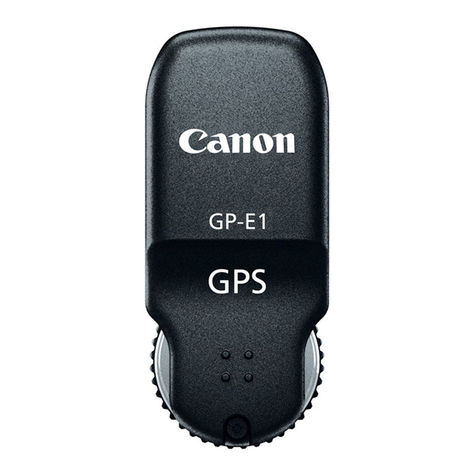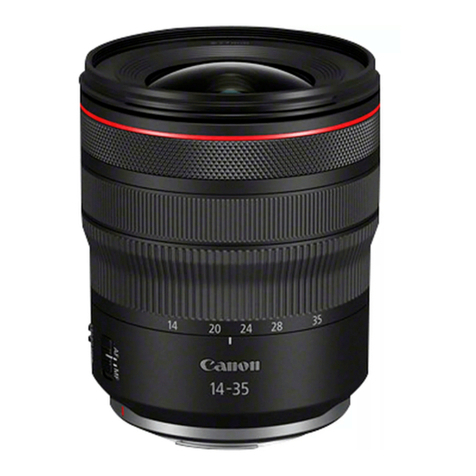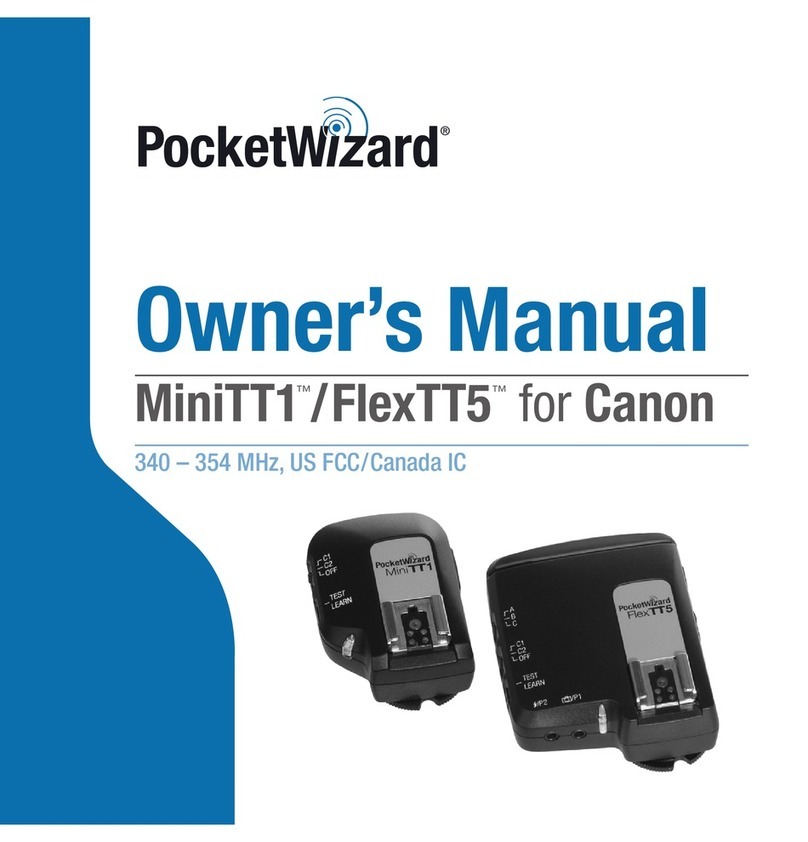Canon Macro Twin Light MT-26EX-RT Assembly instructions
Other Canon Camera Accessories manuals
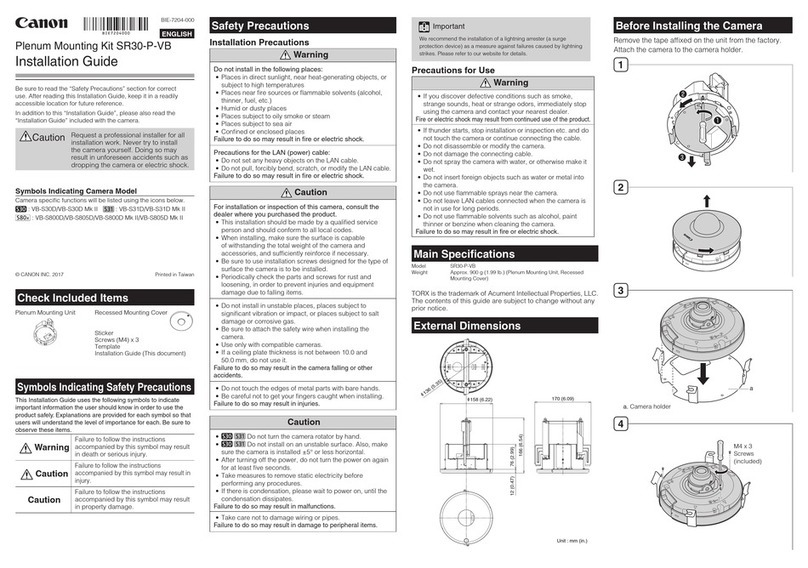
Canon
Canon Plenum SR30-P-VB User manual
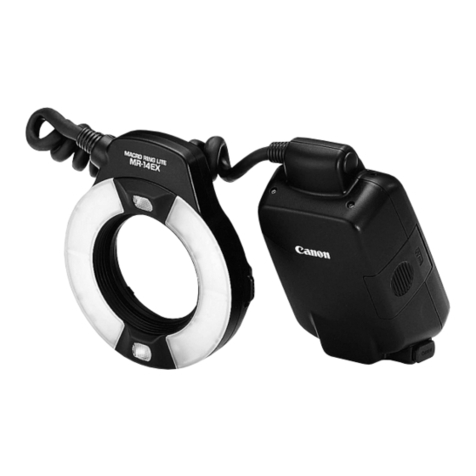
Canon
Canon MACRO SPEEDLITE MR-14EX User manual
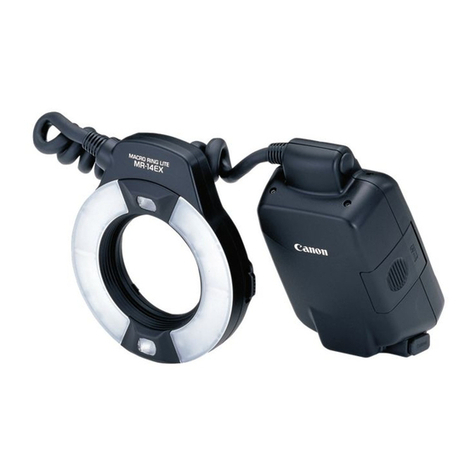
Canon
Canon Macro ring lite MR-14EX II User manual

Canon
Canon BU-47H 1AM User manual

Canon
Canon SPEEDLITE 200E Instruction Manual

Canon
Canon AE Motor Drive FN User manual

Canon
Canon 540EZ - Speedlite - Hot-shoe clip-on Flash User manual
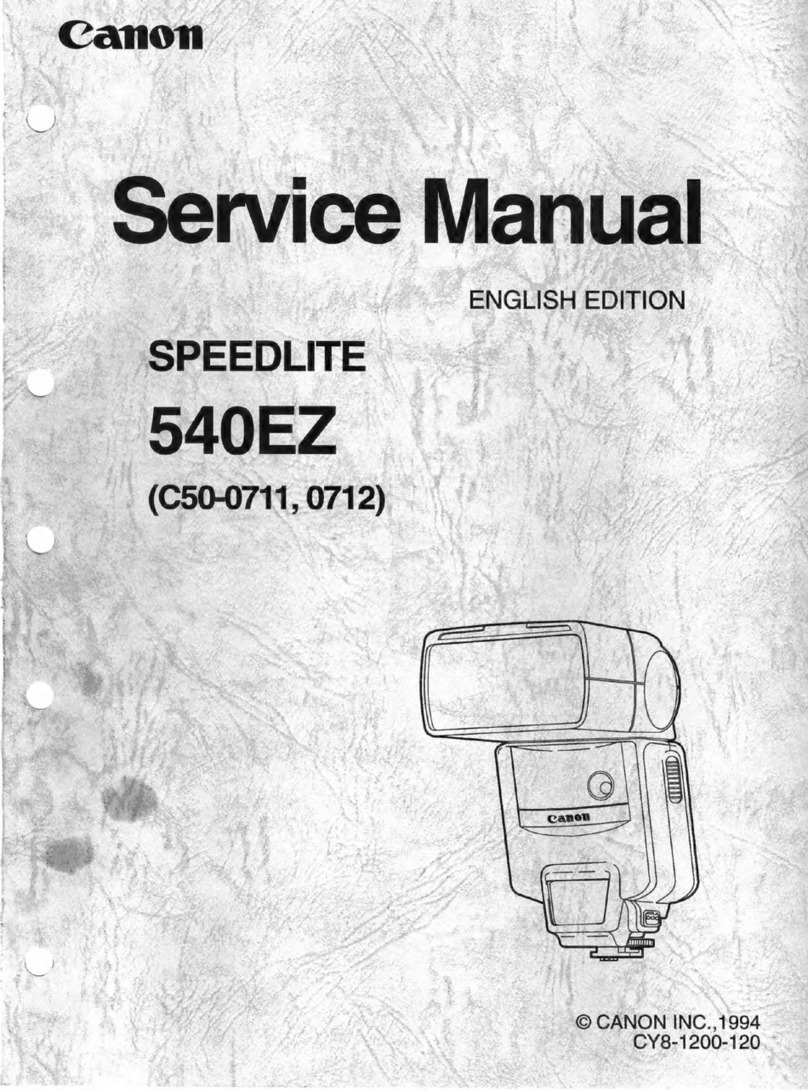
Canon
Canon 540EZ - Speedlite - Hot-shoe clip-on Flash User manual

Canon
Canon HG-100TBR Assembly instructions

Canon
Canon BU-47H 1AM User manual

Canon
Canon EF Adapter XL User manual

Canon
Canon Speedlite 299T User manual

Canon
Canon ANTIFOG EYEPIECE Instruction Manual
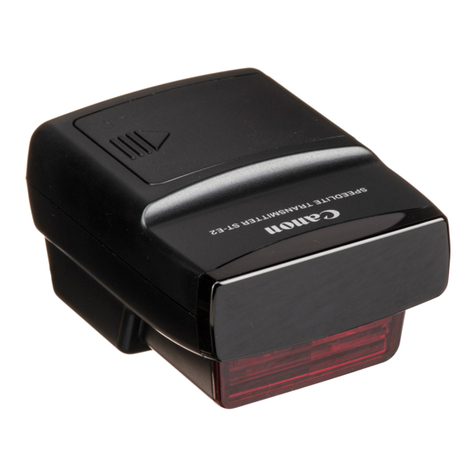
Canon
Canon Speedlite Transmitter ST-E2 User manual

Canon
Canon RS-60E3 User manual

Canon
Canon Cine-Servo User manual
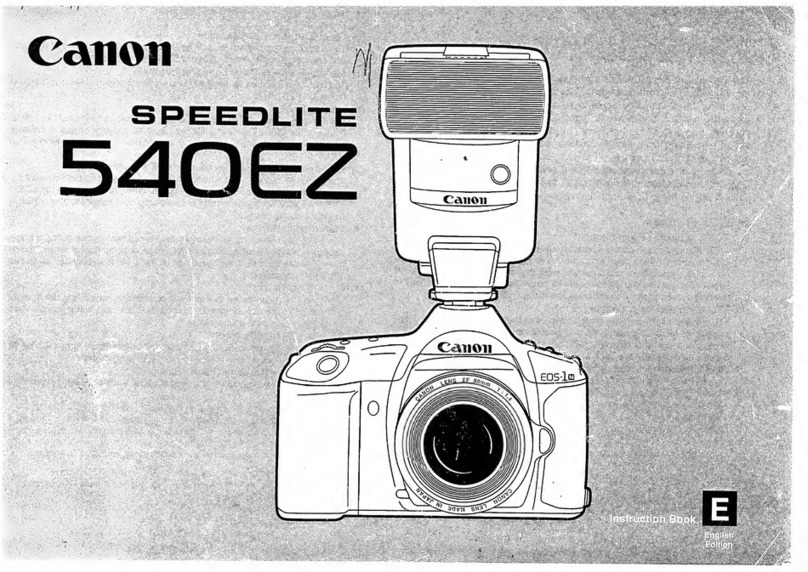
Canon
Canon 540EZ - Speedlite - Hot-shoe clip-on Flash User manual
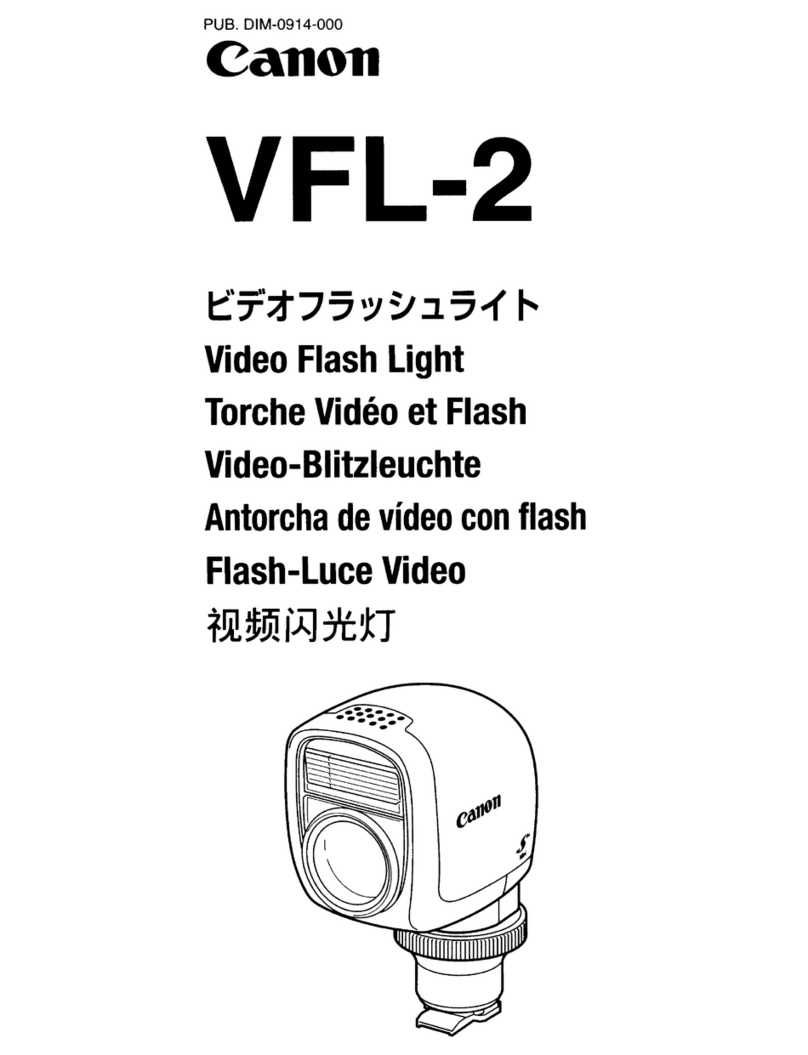
Canon
Canon VFL-2 User manual

Canon
Canon FOCUSING RAIL Instruction Manual

Canon
Canon FU-1000 User manual
Popular Camera Accessories manuals by other brands

Trojan
Trojan GC2 48V quick start guide

Calumet
Calumet 7100 Series CK7114 operating instructions

Ropox
Ropox 4Single Series User manual and installation instructions

Cambo
Cambo Wide DS Digital Series Main operating instructions

Samsung
Samsung SHG-120 Specification sheet

Ryobi
Ryobi BPL-1820 Owner's operating manual
